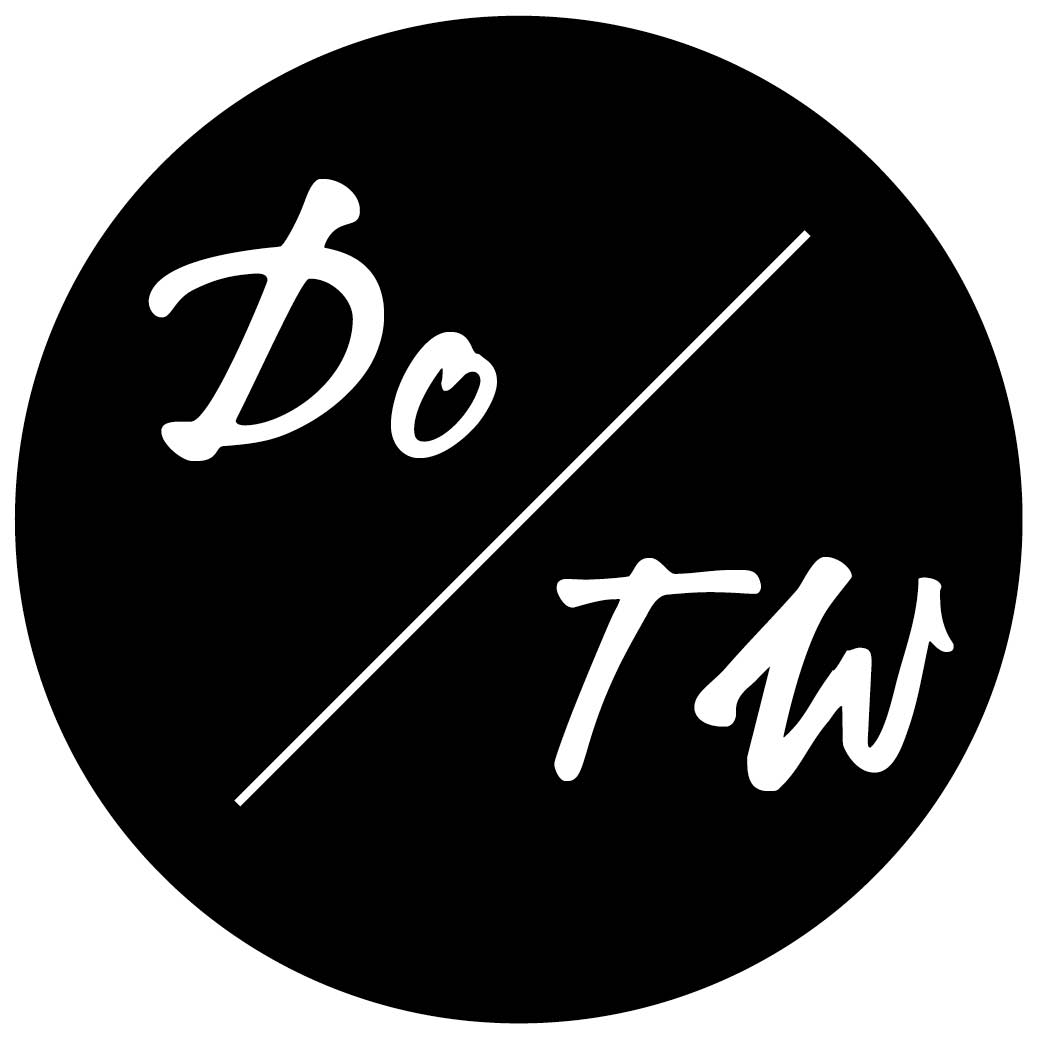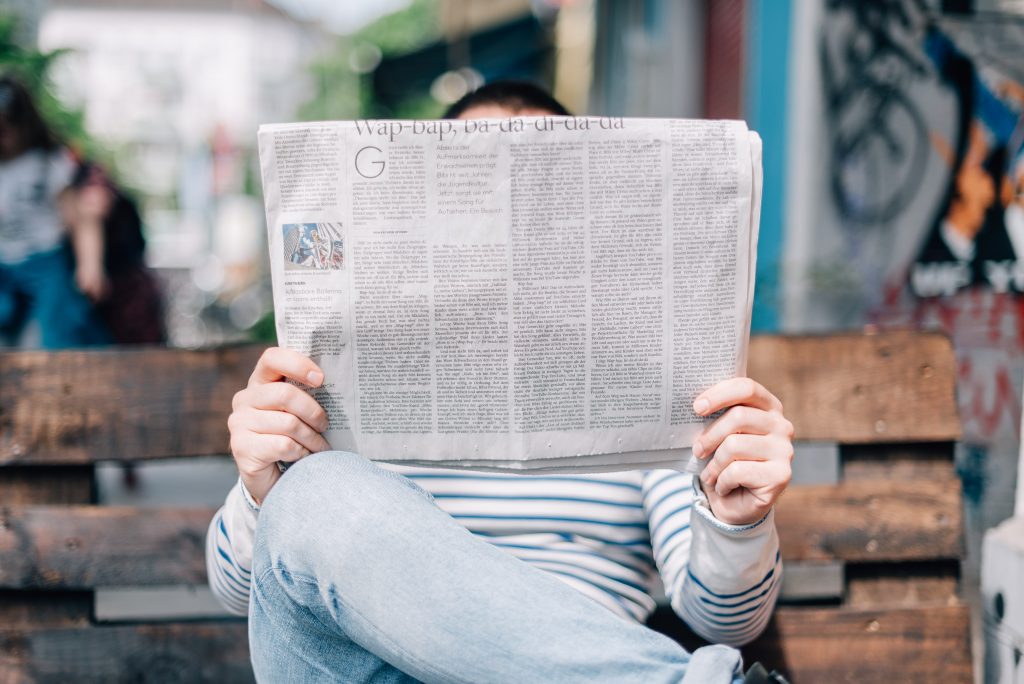Is Your Style Holding Your Travel Article Pitches Back?
I often find it quite comical that my job is (and was for several years even before I was a freelancer) to be a paid writer in English.
While I am a native English speaker, my degree is in Italian language and literature, and I had originally planned to become an Italian professor, so even when I started writing professionally in my pre-freelance full-time job, I didn’t immerse myself in the tenants of journalism, its writing style, or its specific stylistic rules.
Many of you tell me that you are in similar situations with your own transition to freelance travel writing. Your prior experience is in an area so divergent (science or technical writing, law, engineering and the like come up often) from mainstream journalism that you feel as if you’re coming from another language, even if it is English.
Then there are those among you that are not native English speakers, and even though you now write as though you are, you always have a sinking feeling like something will give you away.
These two sub-groups tend to pay extra attention to their own writing and that of the magazines they want to pitch.
But there is one tweak that more about those pesky just-must-do-without-asking-why rules of pitching editors that will help all of you–even if you come from such a close background as in-house communications for a CVB, travel-focused PR, or travel blogging. (And in many instances this subset needs it even more!)
It’s also one of the main reasons that I often include some writing gigs on the distinctly lower end of the pay spectrum in our newsletters.
When you are new to travel writing (and especially if you live in a low-cost-of-living area or still have another job to cover most of your bills), “exchanging” a portion of your rate for working with an editor who is required to maintain a set style across her website is invaluable.
In some ways, it the travel writer’s assassin’s guild training (a la Arya from “Game of Thrones” or “A Song of Ice and Fire,” or, more specifically, James McAvoy’s character in “Wanted.”
You are, through constant supervision, rewrite requests, and rejected articles, getting professional writing style beat into you.
As it’s not typically the most pleasant process, it’s good to get paid for it.
But it’s also very important not to wait too long in your development as a writer, lest the inaccurate habits become nigh irremovable. The app Grammerly, I’ve found through discussions with one of its algorithm crafters I know personally and several pointed experiments, is unfortunately not the answer.
Surmounting this summit in your travel writing education, however, will immediately open doors, creating an instant sense of camaraderie among even the most apt-to-hit-the-delete button editors of elite outlets and helping solve that even vexing problem of how to get someone (a major magazine editor) to trust you enough to respond or directly assign a piece in five seconds flat.
I’ll share some instances this has occurred, along with all the pervasive basics you need to know (and adjust) for your pitches to have that stylistic pop in today’s webinar. Today at 11:00 am EST / 8:00 am PST, we’re going to look at Mastering AP Style: The Grammar Style of Choice for Publications.
Showing an editor (in both your pitch and your article submission) that you already understand what she’s looking for is one of the best ways to forge a long-term relationship with an editor. But that goes behind simply familiarizing yourself with the publication. Understanding and using AP style, the preferred grammar and style format for print and many online publications, can quickly broadcast to an editor that you have solid journalist experience (even if you actually don’t!).
Register here to catch the webinar live or have access to the replay for one week, after which time it will be available in our webinar library along with the full transcript.

